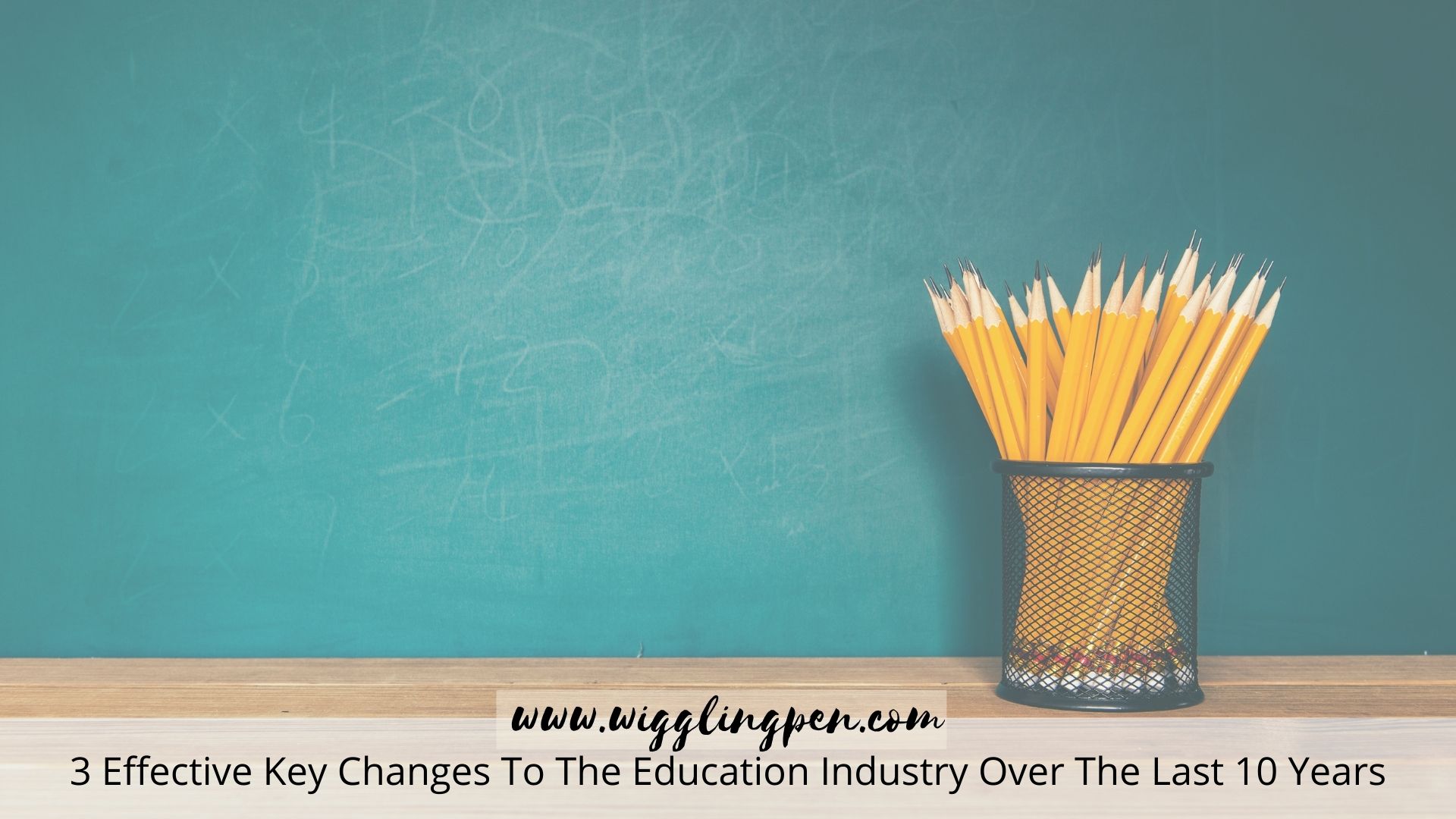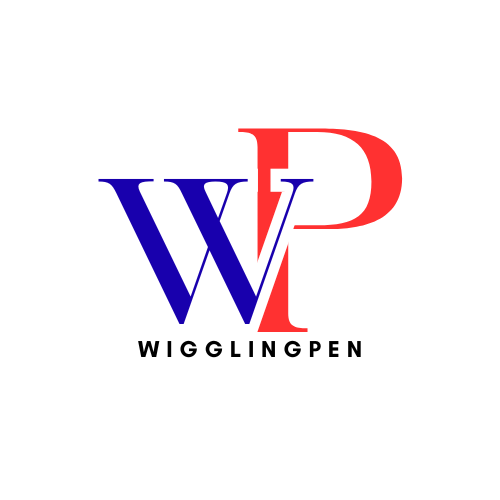
There have been innumerable changes to the education industry over the last 10 years, so bringing the list down to just three is a difficult task. In saying that some things have stayed the same, the importance of excellent educators and a focus on achieving the best possible learning outcomes for students.
With these ageless pillars to help guide us there have been three major changes that pose both a challenge and an opportunity for educators to help improve their teaching environments and prepare their students for the world outside the classroom.
Here are 3 key changes to the education industry over the last 10 years:
There has been increased access to benchmarking data
Data is at the core of effective modern-day decision-making. Without data, we are relying on personal experiences, gut instincts, and subjective information to make decisions that can affect the lives of thousands of students. This is why there has been a push in recent years to make use of technology and yield improved benchmarking and data to allow educators to make better decisions about their policies, strategies, and teaching methods.
Standardized benchmarking tests are a fantastic way to measure long-term student progress, assess their cross-functional capabilities and compare them to others in their cohort. This can help individuals, schools and governments make better decisions about where the greatest improvements can be made to boost student competitiveness and performance.

Technology has enabled vast learning potential
Technology has been around for as long as teachers have been teaching and students have been learning. From writing to blackboards to textbooks to computers, things have always been a changing landscape for pedagogues, particularly in recent years.
However, technology can be a distracting hindrance if not used correctly. Some ways that technology can be used to improve student learning include:
- Use of learning apps, online courses for better knowledge recall and student engagement, such as testing platforms or quiz apps,
- Use of tools that students will have to show proficiency in for their jobs such as writing platforms, presentation apps, analytics platforms and code literacy,
- Enablement of connectivity between students and teachers beyond the classroom for remote learning and monitoring,
- A focus on self-directed learning, where students are taught the skills that they need to find, research and apply the topics that they are most interested in.
Critical thinking has become more important than ever
Information is everywhere. In fact, the greatest challenge of the student today is to learn how to sift through the deluge of topics, opinions, and misleading information to find accurate, reliable, and applicable knowledge.
Therefore, a shift from traditional rote learning and a greater focus on research and critical thinking is vital for preparing students for effectively competing in the globalized, information-rich world of today.
Teaching students how to take a wide variety of sources, recognize their reliability, and distill useable information and insights is one of the major priorities of the modern-day teacher.
These are the 3 major changes to the education industry what others do you bring in notice do share in the comments below.
© Ruchie Verma.
Copyright Unauthorized use and/or duplication of this material without express and written permission from this site’s author and/or owner is strictly prohibited.








Yes, we have seen some major changes in the education industry. The involvement of EdTech has been a big plus. Self-directed studies have shown their strong existence during pandemic. Hope to see some more good and positive changes in coming years.
Very well put information.thank u so much.with the pandemic much has changed in education sector.edtech has been a good support.
I think that in the last 10 years and with advent of online teaching and use of social media as a tool in education , rote learning is gradually changing to critical and concept based learning.
yes during last decade education industry has been changed a lot. now, it is more tech oriented and also critical thinking play an important role for students to be ahead in over competitive fields.
Well said, today technology is enabling learning. I saw it first hand in the pandemic and similarly the critical thinking aspect is equally important. Gone are the days when people mugged up things without truly understanding the concept.
Education industry needs the change and we are seeing the progressive changes too. WithNew Education Policy most of the concerned factors are included that will give education to all.
Standardized benchmarking tests definitely is the key for evaluation. With critical skills which school and college are anyway giving lot of importanceto, I personally feel they should also focus on creative skills as this will broaden their horizon of thinking.
The education sector has been seeing a lot of changes even as we speak. What you’ve listed down is apt when we understand that more than rote critical thinking has been made to improve them much better way.
I agree there is a big change education industry these days. And the changes that indeed progressive Technology has definitely enabled learning and increase the scope of learning
Yes I have been noticing changes in the education system over the years. The pandemic gave a big push to edtech. But the best is increasing focus on critical thinking. This was missing completely when we were in school.